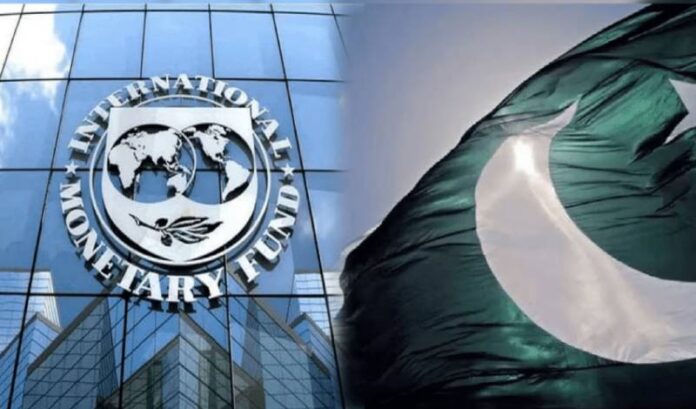Pakistan’s economy is projected to grow by 3.6 percent in fiscal year 2026, up from 2.7 percent in FY2025, according to the International Monetary Fund’s (IMF) October 2025 World Economic Outlook (WEO) released on Tuesday. The report also anticipates a decline in unemployment to 7.5 percent, compared to 8 percent in the previous fiscal year.
While Pakistan’s growth outlook shows modest improvement, the global economy continues to decelerate, with growth expected to slow from 3.3 percent in 2024 to 3.2 percent in 2025 and 3.1 percent in 2026. This represents a cumulative 0.2 percentage point decline from forecasts made before the October 2024 WEO, reflecting persistent headwinds from protectionism and uncertainty, despite smaller-than-expected tariff shocks.
The IMF noted that the global economy, after a strong start to 2025, is now showing signs of a moderate slowdown. Inflation remained subdued across Asian economies but steady in the United States, where advanced economies reliant on immigration are now facing sharp declines in net labor inflows, affecting potential output.
Earlier this year, in the April 2025 WEO, global growth projections for 2025 were revised downward by 0.5 percentage point to 2.8 percent, following trade policy shifts and a surge in uncertainty. The IMF attributed the revision to tariffs acting as supply shocks for imposing countries and demand shocks for targeted economies, with uncertainty dampening demand globally. However, by July 2025, announcements to lower tariffs from their April highs prompted a modest upward revision to 3.0 percent.
Inflation forecasts were mostly unchanged, though the report recorded an increase for the United States and declines for several other economies. Global inflation is projected to ease to 4.2 percent in 2025 and 3.7 percent in 2026, with above-target inflation persisting in the U.S. and subdued trends elsewhere.
For advanced economies, growth is forecast to hover around 1.5 percent during 2025–26, with the U.S. economy slowing to 2.0 percent. Meanwhile, emerging markets and developing economies are projected to expand slightly above 4.0 percent.
The report added that the world trade volume will grow at an average rate of 2.9 percent during 2025–26, supported by front-loaded trade activity in 2025, though this remains below the 3.5 percent growth rate recorded in 2024. The IMF cautioned that persistent trade fragmentation continues to limit potential global trade gains.























